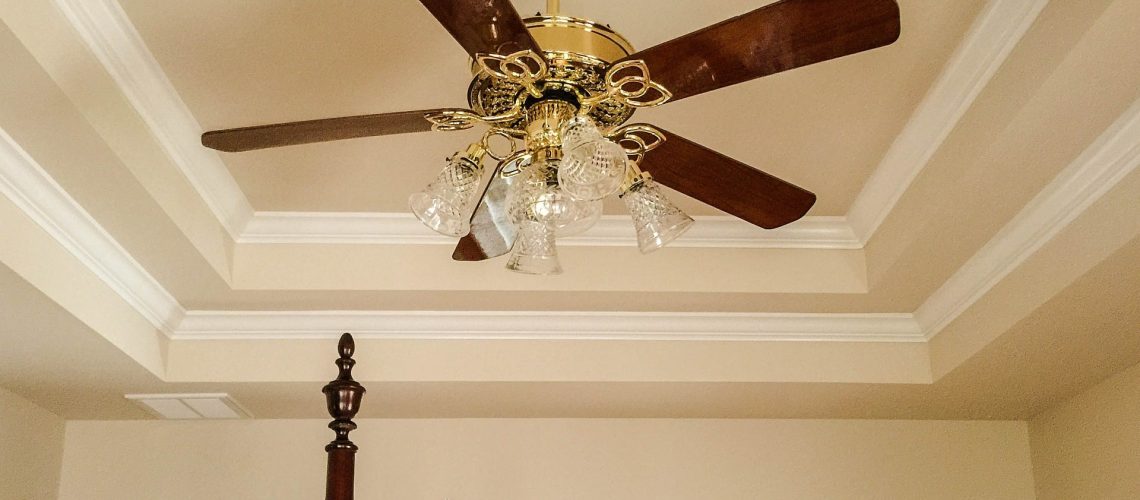Many homeowners employ a painstaking process when selecting colours for their home interior walls. But when it comes to their ceilings, the same thoroughness is rarely observed.
What some fail to realise is that the ceiling comprises a sixth of the space in a room. Its appearance can immensely impact the overall look and ambience of the room. When painted with the right hues, it can add character to the space. Hence, you also need to be meticulous when selecting paint colours for the ceiling.
White Paint for Ceilings
White is a popular hue for ceilings in any type or kind of house. In fact, it has been the default or go-to ceiling colour of many homeowners, house painters and designers. This is understandable because white can blend well with different hues.
When paired with light-coloured walls, a white ceiling can make the space look more expansive. Meanwhile, using this in a room with intense wall colours like royal blue or bright red can make the ceiling appear higher.
Basically, a white ceiling is less noticeable. Hence, painting your ceiling white can make your walls or furnishings standout. Furthermore, white reflects light which is why it is highly recommended for ceilings in rooms that receive minimal natural light.
If you decide to use this hue, just make sure that you stay away from basic white as this can make the ceiling more prominent. Moreover, pick a shade of white that has warm undertones, especially if you have bright-coloured walls, to give the room a seamless and balanced look.
When to Use Light and Dark Colours for Ceilings
Just like white, other lighter hues can make the ceiling appear higher and the room taller. So, pale colours work well in areas where ceilings are low. Some recommended pale colours for the ceiling include sky blue, light tan and butter yellow.
On the hand, using a dark hue on your ceiling can visually lower the room’s height. This is why dark paint colours are only recommended in areas where ceilings are 2.75 metres high or more. Using darker colours on the ceiling can give the space an intimate and a cosy vibe. However, some designers recommend this option in rooms which aren’t often frequented. This is because using dark tones in spaces like the living room can make the area feel cramped.
Matching Paint Colours for Walls and Ceilings
Another option is to paint your ceiling the same colour as your walls. Keep in mind, however, that this style can make a room feel smaller. The upside is that, when done properly, the space can exude a relaxing ambience. This is why this approach is usually used in bedrooms.
Meanwhile, using the same paint colour on the walls and ceilings can give a big room a cohesive look. Similarly, the one-colour treatment also benefits an asymmetrical room with oddly shaped ceiling. It gives the space a simple look and draws away attention from the room’s shape.
It is important to note that the ceiling appears darker than the walls. So, if you are employing the one-colour treatment, the ceiling’s colour should be at least two shades lighter than what you’ll be using on your wall.
Clearly, when painting your ceiling, white is not the only option you have. There are other paint colours you can use which can enhance the look of your home’s interior. Consult professional designers to ensure that you achieve the best look.
Want more tips on selecting paint colours for ceilings? Call us at 086 608 1817 / 085 139 0233 and talk to our professional house painters today!
